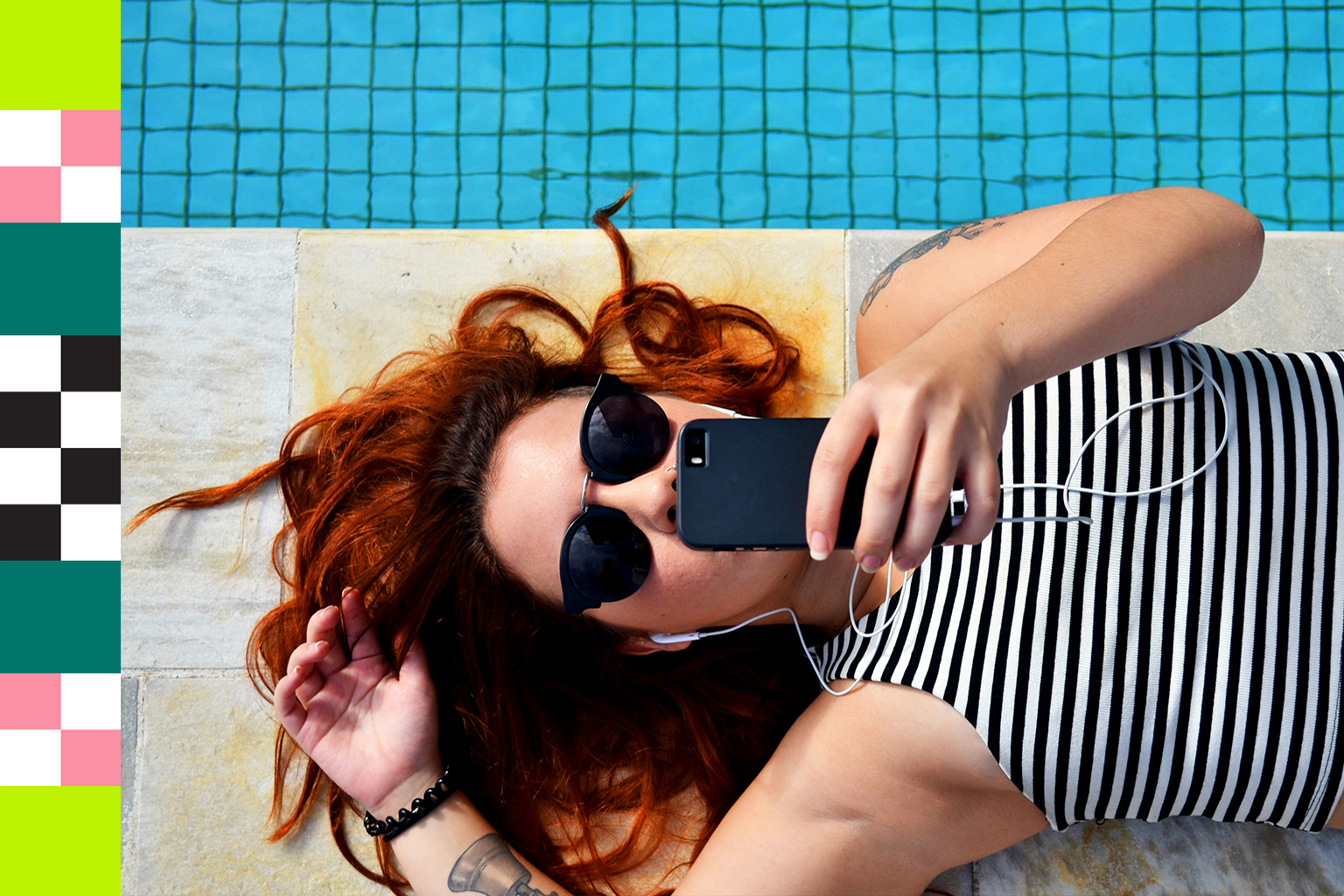
Admit it: no matter the time of year, your social media feed flows with friends posting about their recent vacations, dragging out travel photos with the caption “take me back.”
The travel bug never ceases to bite, and several travel brands learned how to keep fans coming back, or rather leaving again, for more. But these brands’ social media tactics transcend the travel industry.
Here are five ways travel brands avoid flyover state status on social:
1. No Jetlag: Monitoring and Response
Planning for travel can be stressful, and regardless of what planning resource you use to get to your destination, plans sometimes go awry.
Expedia receives numerous consumer complaints every day, but they continuously listen to each inquiry, respond individually and in a timely manner, and stick with the conversation until they resolve the issue. This shows consumers Expedia’s willingness to assist, no matter how negative the situation, and their ability to find a resolution for every unfavorable scenario, leaving everyone with a positive experience. No jetlag here!
Hi Allan, we really appreciate your understanding in this matter and thank you for sharing your feedback. I have uploaded a voucher worth £100 to your Expedia account. Please check and confirm if you are able to see the uploaded voucher. Thanks,^JS
— Expedia (@Expedia) April 5, 2018
2. Smooth Takeoff: Facebook Messenger Chatbot
Consumers often ask brands a lot of the same questions, and finding a way to provide an easy, straightforward answer remains a priority. Integrating a Facebook Messenger chatbot can help streamline this process and allow brands to allocate their time to difficult questions that require more specific information.
KAYAK’s chatbot greets users by giving them the option to find flights, hotels, or things to do. From there, they ask what location the user is interested in and sends a list of possibilities in that area. There’s nothing like users experiencing a smooth takeoff with your brand.
3. Logistics on Lock: Instagram Stories
With traveling comes logistical details, such as luggage, transportation, and lodging. While brands would love to fill their feeds with inspirational travel content alone, certain resources and updates deserve their consumers’ attention.
To balance this, luggage brand Away uses Instagram Stories to share informational content, product launches, and employee profiles, while keeping their feed filled with wanderlust-worthy content.
4. Travel Diaries: Hashtag Creation
Something as subtle as a hashtag can help a brand collect quality content and spread more awareness, especially if the hashtag relates to the industry rather than the brand name. Airline Lufthansa USA utilizes their own non-branded hashtag, #SayYesToTheWorld.
https://www.instagram.com/p/Bg8Cv3EjPyz/
As travelers begin using the hashtag on their beautiful travel photos, others will catch on and start to associate the brand with that content and feel encouraged to share, as well.
5. From Wanderlust to Booking a Trip: User-Generated Content
Because social media allows people to share their experiences and instill a never-ending desire to explore, the travel industry has the task of helping make these dreams feel like a potential reality.
Hospitality brand Airbnb encourages users to share their travel stories and, in turn, reposts that content. This tactic not only generates love from superfans but also creates a welcoming approach for users looking to plan a similar trip. Airbnb also provides a link to book a stay from their Instagram feed, making a vacation feel even more within reach.
Overall, giving fans the resources they need to use your brand’s products or services efficiently should be top-of-mind when approaching your social media tactics.
What direction will your brand travel next on social?



